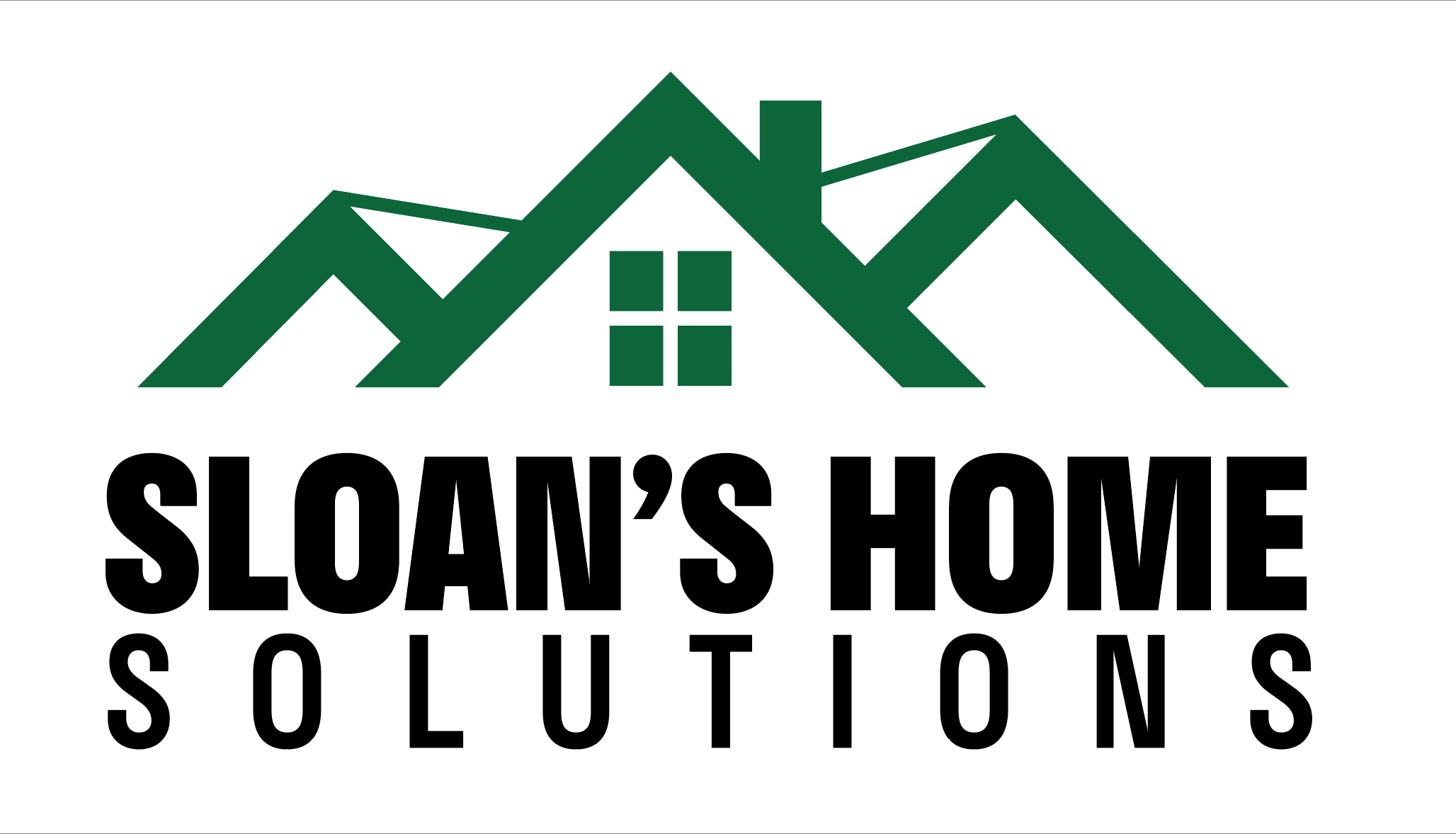Are you tired of moss taking over your roof? While the sight of a dirty roof can be frustrating, using a pressure washer or even a soft washing system could cause more harm than good. Let’s delve into why these methods are dangerous and explore the best way to remove moss and other growths from your roof..
The Dangers of Pressure Washing and Soft Washing
Pressure Washing: While pressure washing can be effective for cleaning driveways or decks, it’s incredibly harsh on your roof. The high-pressure water jets can:
- Damage shingles: Strip away the protective granules, leading to premature aging and leaks.
- Dislodge shingles: Weaken the adhesion, potentially causing them to blow off in windstorms.
- Force water under shingles: Create leaks and water damage in your attic or ceilings.
Soft Washing: While gentler than pressure washing, soft washing still involves chemicals that can harm your roof. These chemicals can:
- Corrode metal flashing: Lead to leaks around vents, chimneys, and skylights.
- Damage shingles: Degrade the material and shorten its lifespan.
- Harm plants and landscaping: Runoff can kill grass and other vegetation around your home.
The Best Way to Remove Moss from Your Roof
The safest and most effective way to remove moss, algae, or lichen from your roof is by using a moss treatment specifically designed for roofs. These solutions are typically biodegradable and safe for your shingles, landscaping, and pets.
Here’s a step-by-step guide:
- Choose the right treatment: Look for a product specifically labeled for roof moss removal. We prefer Zinc.
- Apply the treatment: Follow the manufacturer’s instructions for application. This usually involves applying the treatment to the peaks of the roof onto the roof and letting it sit for a few weeks.
- Let it work: The solution will kill the moss and other growths, causing them to loosen and eventually fall off the roof.
- Rinse (if necessary): Some solutions require rinsing, while others don’t. Follow the manufacturer’s instructions.
- Brush dead moss away (if necessary): Once the moss is dead, you may need to brush away any remaining debris. Use a soft-bristled brush to avoid damaging the shingles.
Important Tip: It’s best to apply moss removal solutions on a dry, calm day to allow them to work effectively.

Prevention is Key
To prevent moss and other growths from returning, consider the following preventative measures:
- Trim overhanging branches: This will reduce shade and moisture, which moss thrives on.
- Clean your gutters regularly: Clogged gutters can create damp conditions that promote moss growth.
When to Call a Professional
If you have a large roof or are uncomfortable working at heights, it’s best to call a professional roof cleaning company. They have the experience and equipment to safely and effectively remove moss and other growths from your roof.
Conclusion
While a clean roof is essential for curb appeal and longevity, it’s crucial to choose the right cleaning methods. Pressure washing and soft washing can cause significant damage, so opt for a moss removal solution or call a professional for the best results. By taking preventative measures, you can keep your roof moss-free and extend its lifespan for years to come.

